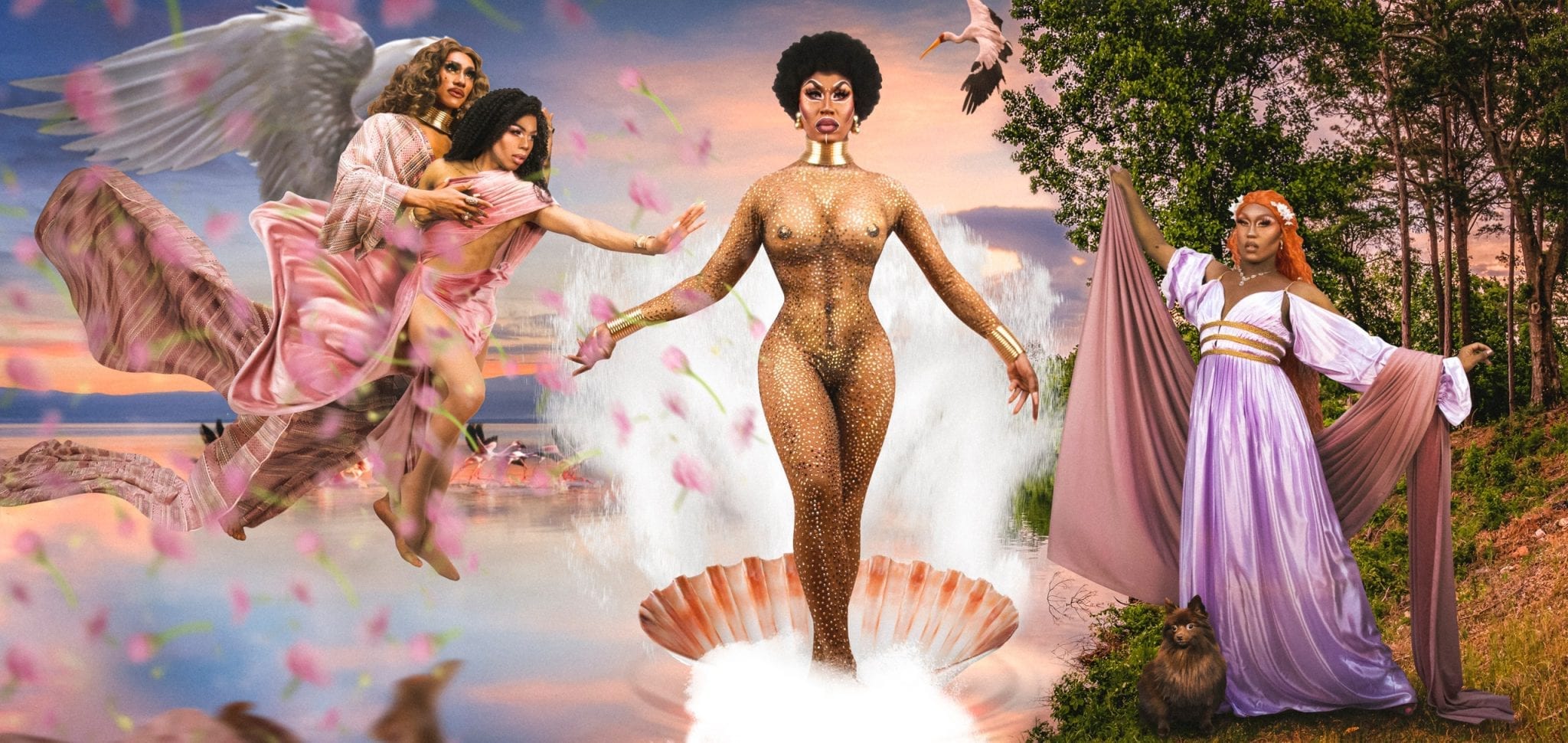The latest ‘All Stars’ season of RuPaul’s Drag Race sees the return of some audience favourites to the Werk Room. Alexis Mateo and Jujubee take their second turn on the All Stars stage, after appearing in season one, whilst Ongina, something of a legend from the very first season of Drag Race, is another competitor back for a chance to win a ‘spot in the Drag Race Hall of Fame’ – and a prize of $100,000.
Drag Race has always been at the forefront of changing perceptions, and the tangible excitement of the contestants who have another turn on a show which is seen as life-changing for many in the drag, and wider LGBTQ+ community, is wonderfully visible.
For the audience, this season is a chance to witness the evolution of season ten’s Blair St. Clair’s drag, or catch up on the latest feud between season eight’s Derrick Barry and season three’s India Ferrah. Like other shows’ celebrity spin-offs, there is a certain enjoyment in watching people you already know and love. You are invested, for instance, in Shea Couleé’s success, if you witnessed her shock knock-out in the finale of season nine, when her friend, Sasha Velour, finished a lip sync by pouring rose petals from her wig.
Adding to the excitement, the All Stars elimination process is rather different. It is not RuPaul, but the rest of the contestants who eliminate the bottom queens. This season sees the addition of a rule whereby the top queen has a separate vote, which they can only use if they win a lip sync against a ‘secret assassin’ – a queen from a previous season with renowned lip sync skills. If the top queen loses the lip sync, the vote goes to the rest of the contestants. As season ten’s Miz Cracker comments, ‘you are at the mercy of other queens, and queens are crazy’.
The pitting of renowned queens against each other, however, highlights a darker side to the show. Cracker is given a ‘villain edit’, where other queens are filmed labelling her as ‘self-centred’ and ‘difficult’, though many in the online fandom who came to her defence have previously sent death threats to POC (people of colour) queens who also received ‘villain edits’. POC, and especially black, queens often tweet about the toxic and racist side to the fandom, and this season proves that this is still far from being resolved.
This season does address discrimination in its own way. In the first episode, we see an incredibly powerful spoken word performance from Mariah Paris Balenciaga, who, throwing red paint at glass, recites: “those who were told who to love, how to love, how to act… will the fear and hate ever end? Until then, I’ll continue to tell the story of the stains on the wall.” At the end of episode four, the queens remind American audiences to vote (presumably against the current homophobic and racist incumbent administration). Nevertheless, it feels as if the All Stars format centres on feuding and drama to the detriment of these positive, more diverse aspects.
Other drawbacks are that All Stars maxi challenges are filmed in a way which shows less of the preparation and artistry than in the regular series, whilst the catwalk is not a Design Challenge, meaning that had you not watched previous seasons, you might not fully appreciate Shea’s consistently impressive, fantastical designs, or India’s excellently crafted old-school drag.
Undoubtedly, this is an exciting chance for queens to improve on their previous appearances. Viewers, however, might miss the more rounded appreciation of the art of drag seen in the regular show, which arguably contributes to a celebration of the LGBTQ+ community just as much as the more explicit statements made for diversity this season.
Words by Lottie Hayton
